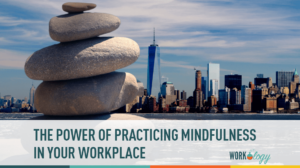
Emotions at Work: Miss Manners Meets the Dalai Lama
One day on a trip to our local secondhand store, I stumbled upon two great finds. First, a 1983 version of Miss Manners’ Guide to

One day on a trip to our local secondhand store, I stumbled upon two great finds. First, a 1983 version of Miss Manners’ Guide to

The impacts of COVID-19 and the measures governments and organizations are taking to contain it right now are unprecedented. The hourly breaking news headlines of

I’ve been given a lot of thought to the development and understanding, not of others but my own self for forever it seems. My days
“When eating bamboo sprouts, remember the man who planted them.” — Chinese Proverb Do you find that your life is busier than it’s ever been before?